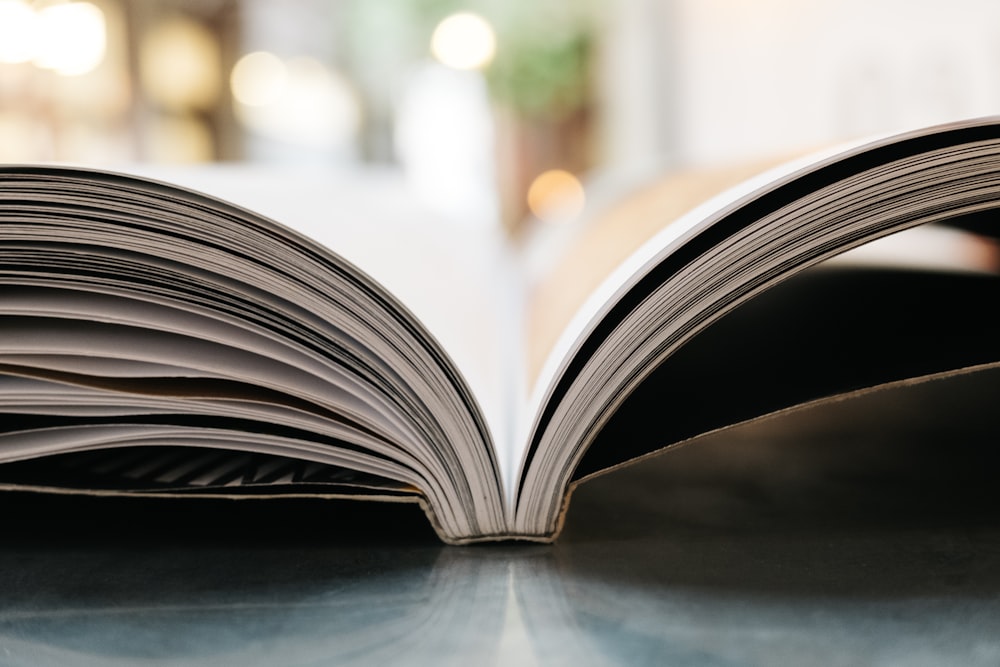U.S. Department of Education recommendations on teaching math to young children
If you have a math kid, it's useful to skim what the U.S. Department of Education recommends to teachers
While you may have been blessed with a kid who loves math, the probability of you being a math teacher who has received training in teaching math is very low.
However, that doesn’t mean you can’t benefit from reading what researchers suggest Math Teachers do when working with children.

The idea isn’t for you to become an expert; the idea is that by having a cursory understanding of the recommendations, you’ll be better equipped to help your math kid explore math.
The Institute of Education Sciences
The Institute of Education Sciences (IES) is the statistical, research, and evaluation division of the U.S. Department of Education. Their role is impartial and unbiased (read: non-political). The core objective is to generate and present scientific data to inform educational practices and policies.
Per their website1, they do work in six areas:
Provide data that describes how well the United States is educating its students
Conduct surveys and sponsor research projects to understand where education needs improvement and how these improvements might be made
Fund development and rigorous testing of new approaches for improving education outcomes for all students
Conduct large-scale evaluations of federal education programs and policies
Provide resources to increase use of data and research in education decision making
Support advancement of statistics and research through specialized training and development of methods and measures
Our interest in their work for today’s post is in #5: “Provide resources to increase the use of data and research in education decision making.”.
Specifically, from their website,
Through the What Works Clearinghouse, we conduct independent reviews of research on what works in education
IES Practice Guides
From their research, the IES then puts together reports named “Practice Guides.”2 They describe their guides as follows:
A practice guide is a publication that presents recommendations for educators to address challenges in their classrooms and schools. They are based on reviews of research, the experiences of practitioners, and the expert opinions of a panel of nationally recognized experts.
If you follow footnote #2, you can see all the guides.
Of interest to our goals in this newsletter, there are a few that are worth going through at some point:
Assisting Students Struggling with Mathematics
Improving Algebra Knowledge & Strategies in Grades 6-12
Teaching Math to Young Children
Improving Math Problem Solving in Grades 4-8
Developing Fractions Instructions for K-8
Assisting Students K-8 in Mathematics
Encouraging Girls in Math and Science
Rather than covering all the guides, we’ll focus on the Teaching Math to Young Children guide.
IES’s Teaching Math to Young Children
The guide can be found here: https://ies.ed.gov/ncee/WWC/PracticeGuide/18
When you visit this page, you’ll see that the page includes the following information:
Introduction
Recommendations
Details
Panel (the people who oversaw putting together the guide and endorse the findings)
Related resources (links and descriptions to videos, guides, and other reports)
Not only that, you’ll also see the “Summary Document” and the “Full Guide”.
Lots of information to dig into if/when you have the time.
The introduction reads as follows:
This practice guide provides five recommendations for teaching math to children in preschool, prekindergarten, and kindergarten. Each recommendation includes implementation steps and solutions for common roadblocks. The recommendations also summarize and rate supporting evidence. This guide is geared toward teachers, administrators, and other educators who want to build a strong foundation for later math learning.
If you go into the document, you’ll see that in addition to describing what they found they also have a section called “How to carry out this recommendation” for what they recommend.
IES’s Teaching Math to Young Children 5 recommendations
So, what are those recommendations?
Here they are:
Teach numbers and operations using a developmental progression
Teach geometry, patterns, measurement, and data analysis using a developmental progression
Use progress monitoring to ensure that math instruction builds on what each child knows
Teach children to view and describe their world mathematically
Dedicate time each day to teaching math, and integrate math instruction throughout the school day
For each of these recommendations, you can then click on a link to be taken to the exact page in the guide to read more about what the recommendation means and to see some examples of what is being recommended.
Not only that, they let you know how many scientific research studies were evaluated and how strong the evidence they found was for this type of recommendation. For example, for the “Teach number and operations using a developmental progression” recommendation, “The panel assigned a rating of moderate evidence to this recommendation based on their expertise and 21 randomized controlled trials and 2 quasi-experimental studies that met WWC standards and examined interventions that included targeted instruction in number and operations.”3 (Note, WWC is the internally developed IES “What Works Clearinghouse” (WWC) standards)
Don’t have time to read a 165 report? Start with 1 or 2 recommendations
Maybe you don’t have time to read the report. You can take note of the 5 recommendations and consider how you can integrate them into your home life after school.
The recommendations, number 4, “Teach children to view and describe their world mathematically,” and number 5, “Dedicate time each day to teaching math, and integrate math instruction throughout the school day”, seem like a good place to start.
That’s all for today :) For more Kids Who Love Math treats, check out our archives.
Stay Mathy!
All the best,
Sebastian
https://ies.ed.gov/aboutus/
https://ies.ed.gov/ncee/wwc/practiceguides
https://ies.ed.gov/ncee/WWC/Docs/PracticeGuide/early_math_pg_111313.pdf#page=18


